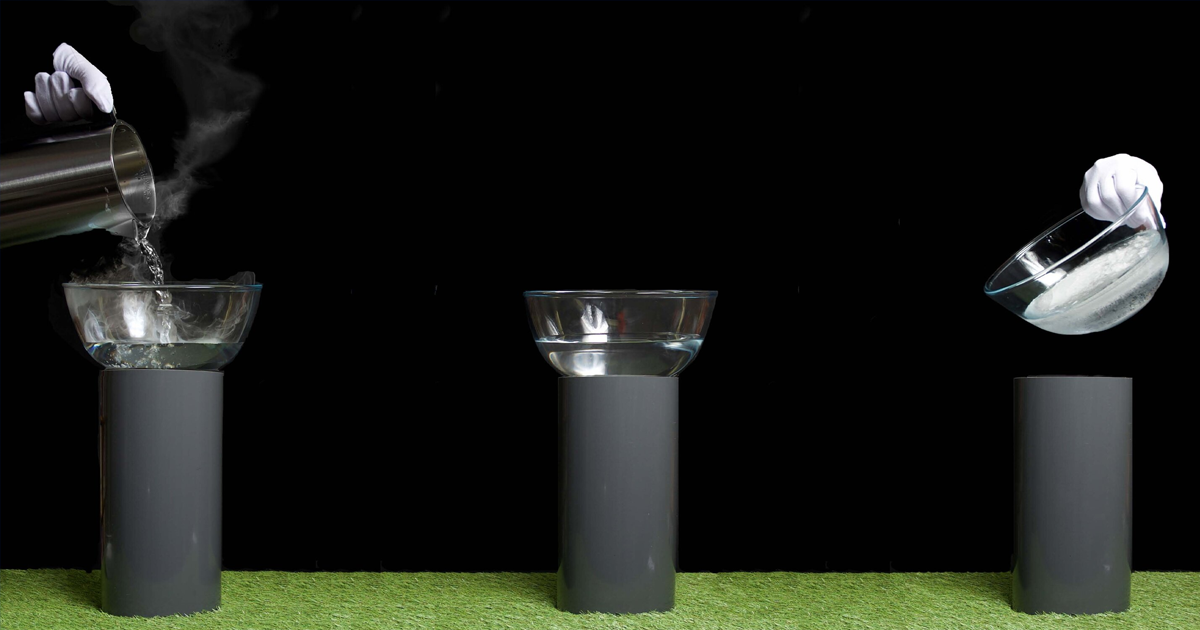Chill Out
The laws of thermodynamics are pretty straightforward: Normally, heat from a hot object will flow to a cold one until they reach the same temperature, bringing the system to a state of equilibrium.
Now, physicists at the University of Zurich (UZH) have developed a surprisingly simple device, described Friday in the Journal Science Advances, that they say temporarily allows heat to flow from a cold object to a hot one. In other words, the team acknowledges, the device appears to defy the second law of thermodynamics.
Freeze!
The team managed to cool a nine-gram piece of copper from over 100°C to 2°Cbelow room temperature without an external power supply.
To pull it off, they used a Peltier element, a long-lasting device with no moving parts commonly used in things like minibars and self-filling water bottles, and an electrical inductance, a current generated by changes in a magnetic field.
Using layers of alternating types of semiconductors, the Peltier element transfers heat energy from one side of the device to the other. When an electrical current is applied the devices can create a "thermal oscillating circuit" in which energy flows between objects, from hot to cold and back again. As the object approaches room temperature the magnetic field helps drive temperature changes just a little bit cooler.
"Theoretically, this experimental device could turn boiling water to ice, without using any energy," said Andreas Schilling, a professor in the Department of Physics at UZH.
Cold-Start
It sounds suspiciously like a perpetual motion machine, but the researchers say that mathematically, the entropy in the system increased over time, meaning it technically adhered to the laws of physics. So it won't lead to a "free lunch" for energy.
The team only achieved a cooling of 2°C below room temperature, but according to Schilling, it would be possible in theory to achieve cooling of up to -47°C (-52.6°F). That's a major "in theory" however, as to do so would require a yet-to-be-invented "ideal" Peltier elements as well as superconducting materials to minimize energy loss.
Still, the potential industrial applications are massive.
"With this very simple technology, large amounts of hot solid, liquid or gaseous materials could be cooled to well below room temperature without any energy consumption," says Schilling. "At first sight, the experiments appear to be a kind of thermodynamic magic, thereby challenging to some extent our traditional perceptions of the flow of heat."
READ MORE: Thermodynamic magic enables cooling without energy consumption [Phys.org]
More on Thermodynamics: US Military Files Patent for Room-Temperature Superconductor
Share This Article
